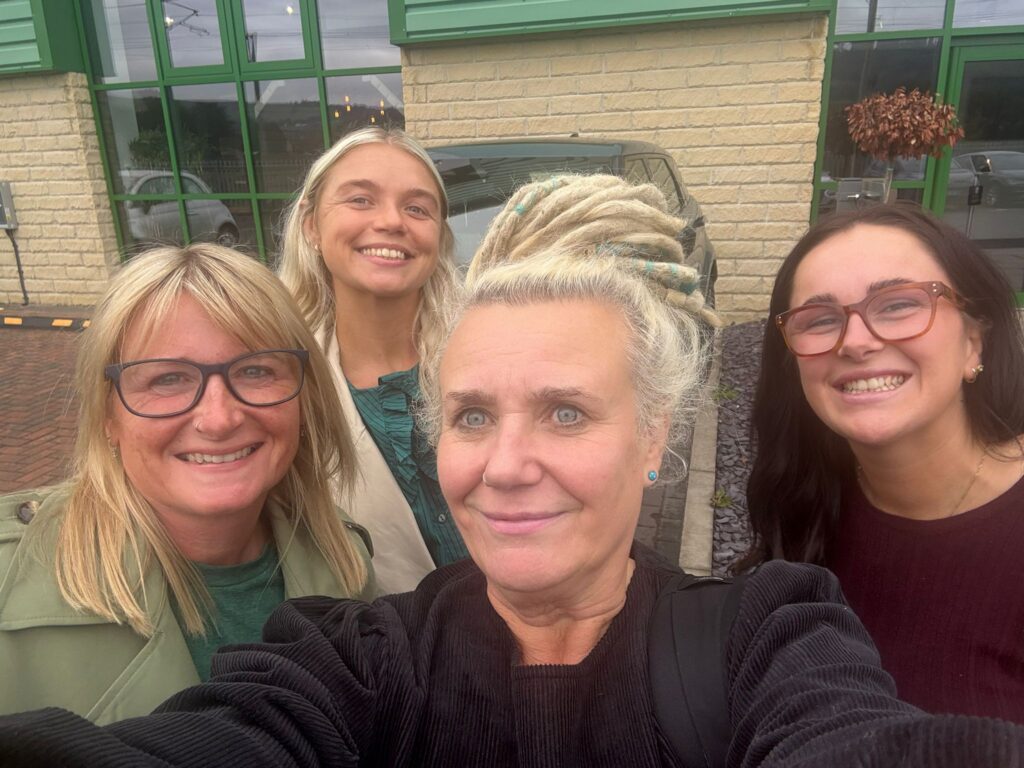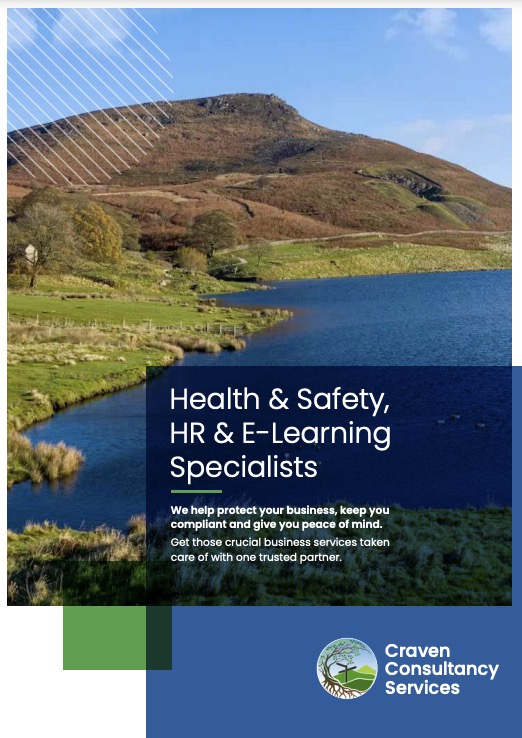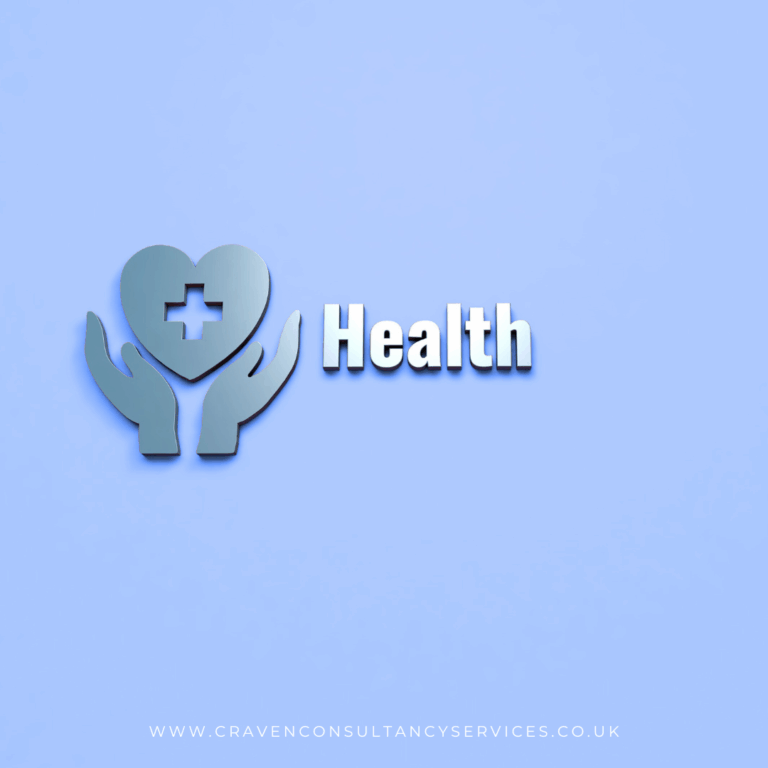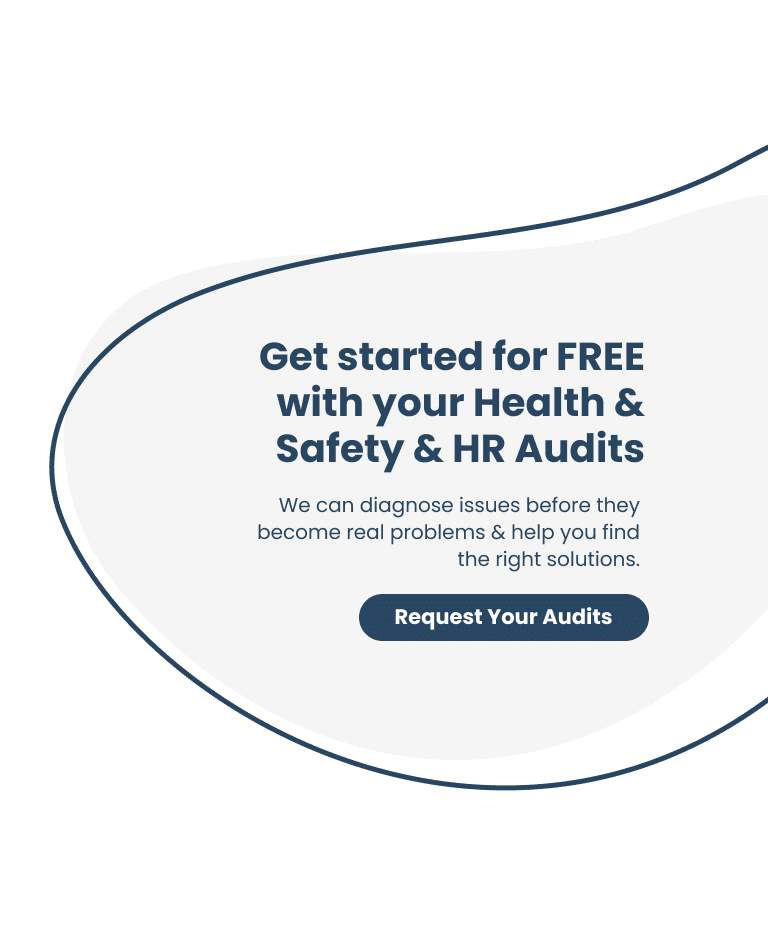Climate change is no longer a distant concern – it’s here, and it’s changing the way we live and work. For businesses, this means adapting not only to new environmental challenges but also to new health and safety risks that directly affect workers. Extreme weather, rising pollution, and shifting air quality are creating real pressures that can’t be ignored.
Air Pollution and Worker Health
Poor air quality is becoming one of the most pressing health issues for workers. Pollution levels are rising in many parts of the UK, often linked to traffic, industry, and changing weather patterns. For employees, breathing polluted air over time can increase risks of asthma, heart disease, and other long-term health problems.
For businesses, this isn’t just a health concern, it’s a productivity one. Workers struggling with respiratory problems may have higher rates of sickness absence, reduced concentration, or fatigue. Employers have a duty of care to assess these risks and consider measures such as:
- Monitoring any local air quality alerts.
- Adjusting outdoor working hours during high pollution periods.
- Providing appropriate protective equipment if exposure cannot be avoided.
- Ensuring indoor workspaces are well-ventilated and equipped with air filtration where needed.
Preparing for Extreme Weather
Climate change also brings more frequent and intense weather events. From storms and flooding to sudden heatwaves and cold snaps, these conditions can create dangerous working environments.
Flooding and Storms
Flooding can damage buildings, disrupt supply chains, and put workers at risk if they are on site during severe events. Storms may also create hazards such as falling debris, power outages, or unsafe travel conditions. Businesses should review their emergency plans, ensure clear communication systems are in place, and consider whether remote working options are viable during these high risk periods.
Heatwaves and Temperature Swings
Sharp rises in temperature increase the risk of heat stress, dehydration, and exhaustion, especially for those working outdoors or in hot environments. On the other hand, sudden cold spells can lead to slips, trips, and falls, as well as cold-related illnesses. Employers should prepare by:
- Offering regular breaks and access to cool water during hot weather.
- Adjusting shift patterns where possible, to avoid the hottest part of the day.
- Providing protective clothing and safe heating solutions in cold conditions.
- Training staff to recognise early signs of heat or cold stress.
Why This Matters for Businesses
Ignoring climate related health and safety risks isn’t just bad for people, it’s bad for business. Extreme weather events can halt operations, increase insurance costs, and damage a company’s reputation. Poor air quality can lead to more absences, lower morale, and reduced efficiency.
By taking proactive steps, such as updating risk assessments, training employees, and investing in workplace resilience – businesses can protect their people and stay prepared in a changing climate.
Final Thoughts
Health and safety is constantly evolving. Just as the environment is changing, so too must the way businesses manage risks. Climate change is reshaping the landscape of work, and forward-thinking organisations are already adapting. Protecting workers from the effects of extreme weather and poor air quality is not only a legal responsibility – it’s an investment in long term wellbeing and business continuity.
If your business needs support in preparing environmental documents – Get in touch with us today, to ensure you have the right measures in place now – not later.
Environmental Services – Craven Consultancy Services













